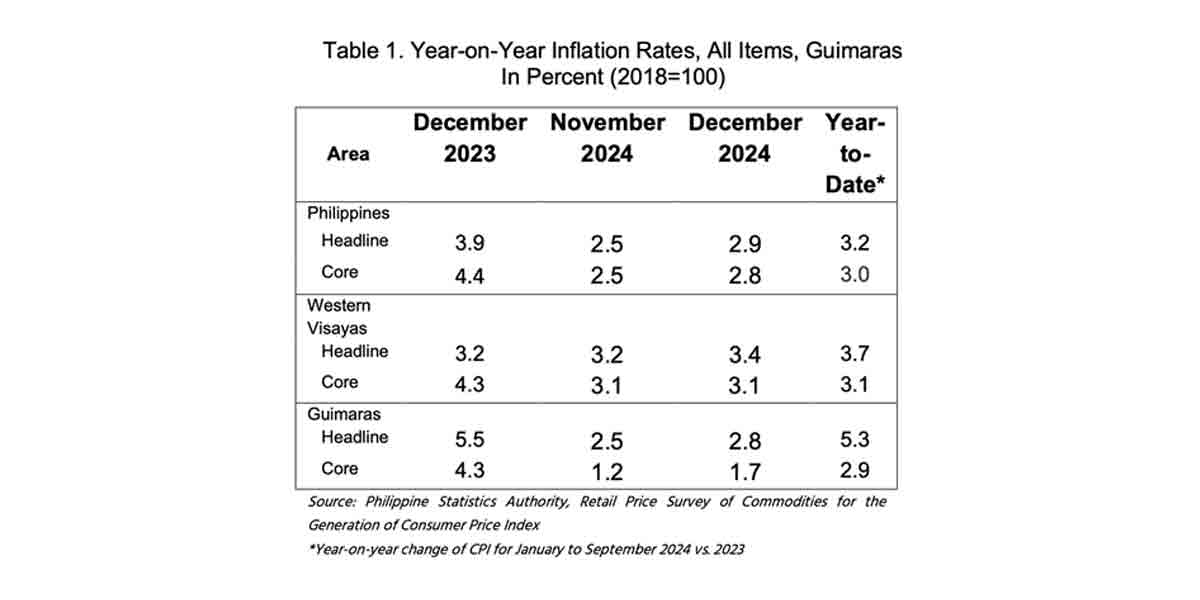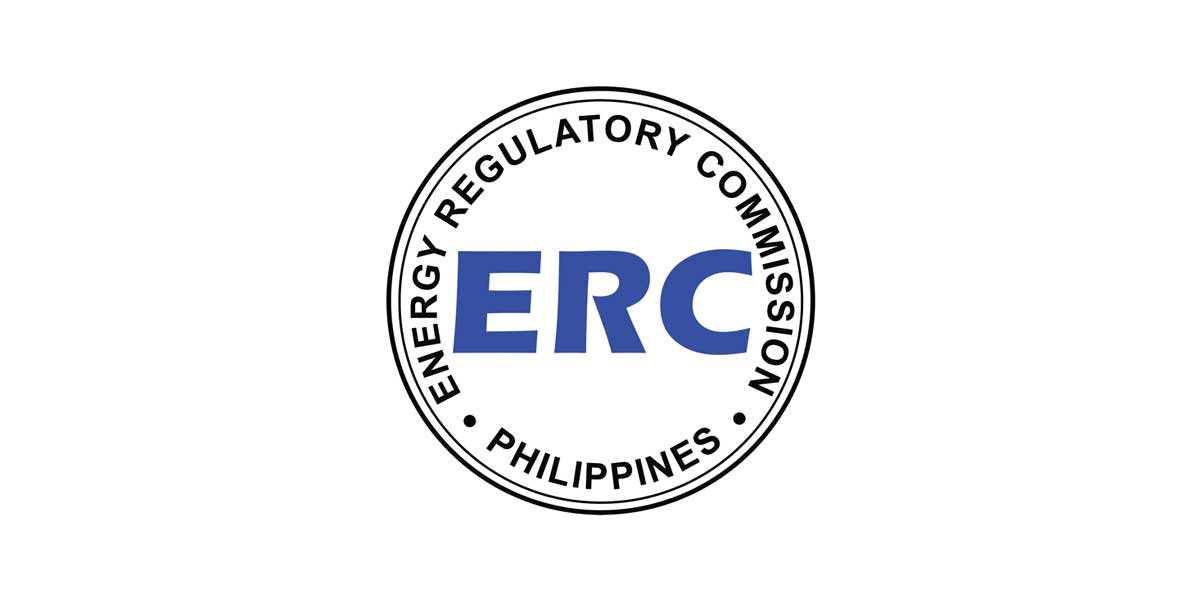By Prof. Enrique Soriano
When done with a noble purpose under a well-defined set of objectives, a family constitution is your most wonderful gift to the next generation. Without any doubt, crafting this very important document is one major step toward every founder’s dream and aspiration to ensure that his blood, sweat, and tears can perpetuate the business for generations to come.
Transition from Informal to Formal
I would often hear these questions from founders, business owners and family members: What do we need governance for and why is it important to engage a third party to help us manage our internal affairs? Why do we need to change the things we have grown accustomed to? Is there another way to work on governance? Can we not just leave our workplace as there are just too many things to do? What is really the end goal of family governance and why is it extremely important?
According to Craig E. Aronoff and John L. Ward in their 2011 book, Family Business Governance: Maximizing Family and Business Potential, “The focus of family governance should be to find consensus on matters where owners’ wishes matter most, as well as to provide family members with a shared sense of identity and mission that transcends their individual interests in the business. While every family business is unique, embracing systematic governance processes can help any family business achieve goals shared by virtually all: orderly decision making, peaceful continuity, and the freedom to make decisions based on the highest and best purposes of both the business and the family.”
In my previous columns, I wrote lengthily about the need for family firms to pursue family governance. I also made a clear distinction between corporate governance, ownership governance and family governance in the context of family-owned and operated businesses. In its simplistic definition, family governance provides role clarity, objectivity, and fairness in an otherwise irrational, volatile organization where emotions prevail over economics.
A Family Constitution is never a cut and paste document
Many would ask: Is there a template for a Family Constitution so we can just review, revise, sign and then enforce? And can a family constitution really perpetuate our family business to last beyond many generations?
Christian Stewart, Managing Director of Family Legacy Asia (HK) Limited, looks at Family Constitutions “not as a set of agreements and policies, but as a process for solving problems together.” He adds, “I believe a family constitution is a vehicle for improving family decision making, communication, and planning. This is all key. Families need to understand that developing a family constitution is a process. This process includes examining the family’s values and principles and whether there is a “Shared Dream” for the future. This process also includes identifying concerns and working out how the family can overcome those issues. There is a risk that people will hear the term “family constitution” and think of it as being a “new product” that can be “sold” to a family, and this approach would be very counterproductive.”
In my experience helping families transition to the next generation, I have noticed that more than 90% of our clients in Asia have informal structures. Functional boundaries between the family and the business are practically non-existent. Many difficult clients have unclear ownership and management systems, which add to the complexity. The more they get entangled, the blurry the lines become. What is holding these volatile structures together is the leader. So when death, incapacity, and misconduct happen, the surviving family members/shareholders engage in a free-for-all, the business goes into a tailspin, and decision making can get so muddled. When the dust settles, contending parties prepare for a battle royal with no winners and only clear losers.
Abetting all these overlapping and complicated issues is the procrastinating business owner that refuses to step aside in favor of his adult children.




















